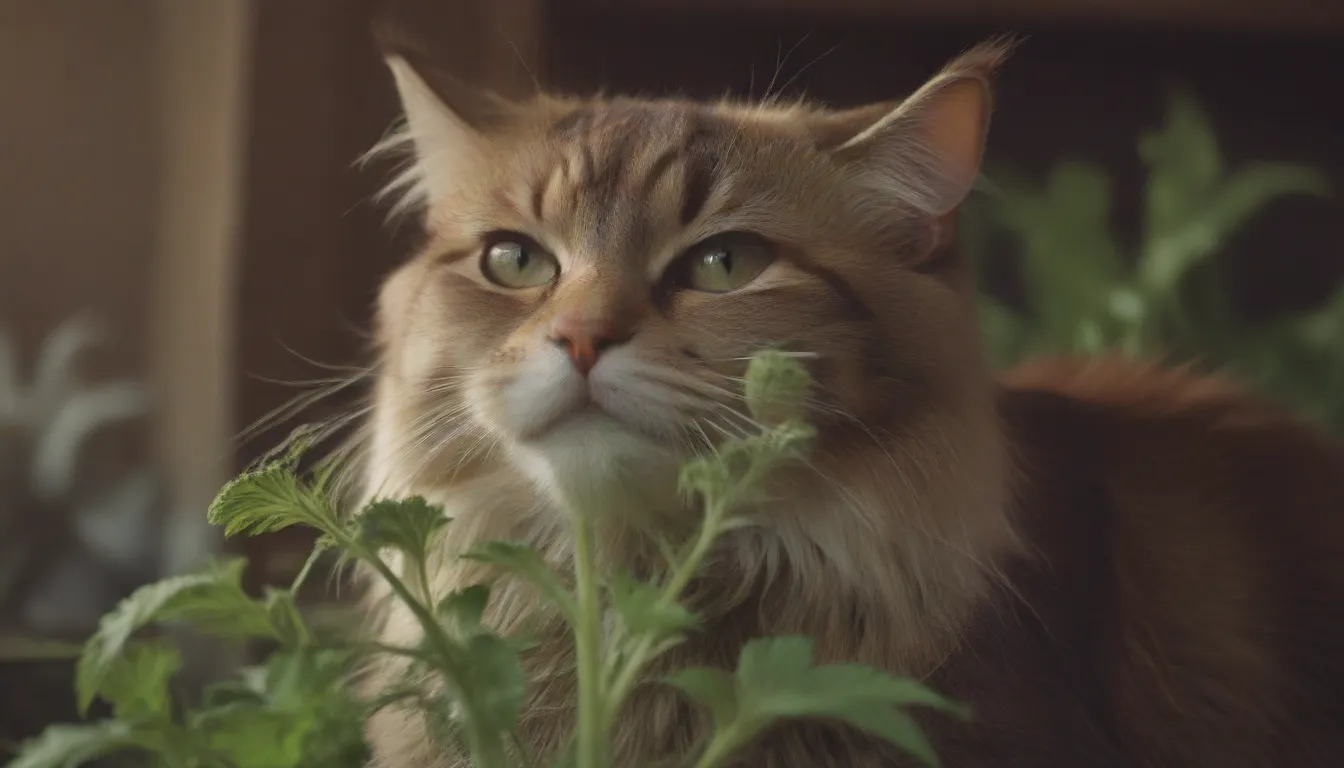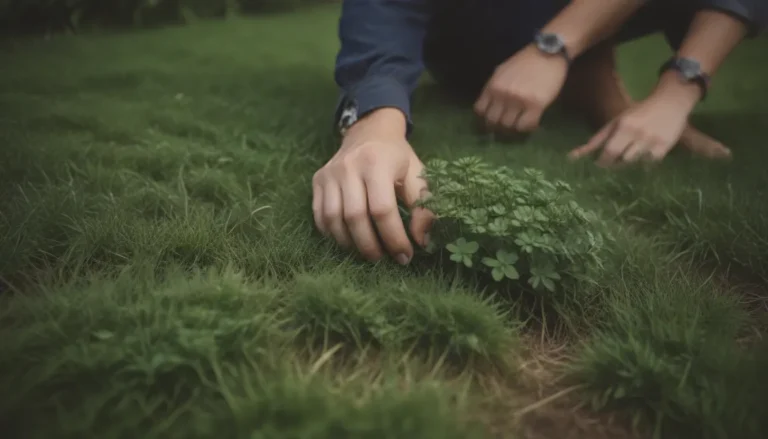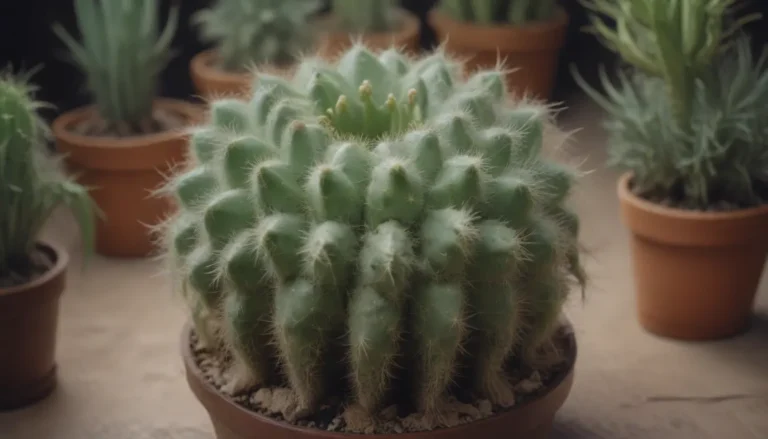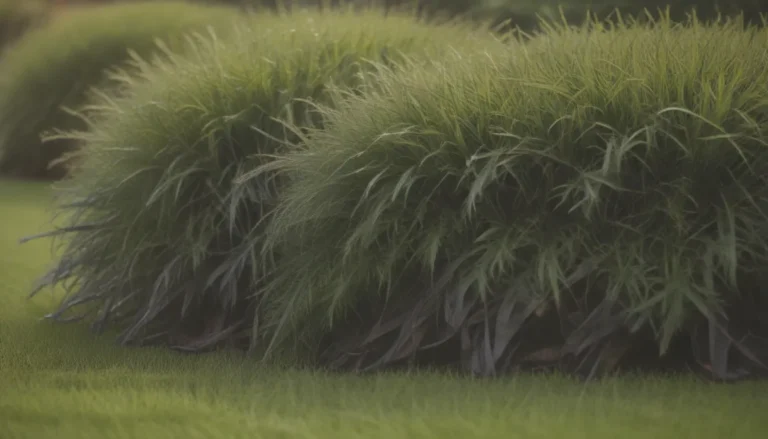Catnip: A Comprehensive Guide to Growing and Caring for Your Indoor Plant

If you’re a cat owner, you’re probably familiar with the magical effects catnip can have on your feline friends. Catnip, a close relative of mint and lemon balm, is not only a favorite of cats but also a relatively easy plant to grow. In this guide, we will delve into everything you need to know to successfully grow and care for catnip indoors.
Why Grow Catnip Indoors?
Catnip is not only loved by cats, but it also has a variety of benefits for humans as well. Here are a few reasons why you might want to consider growing catnip indoors:
- Health benefits: Catnip has been used for centuries for its medicinal properties. It can help with indigestion, anxiety, and even insomnia.
- Natural pest repellent: Catnip is known to repel mosquitoes, flies, cockroaches, and other insects.
- Aromatic herb: Catnip has a pleasant, minty fragrance that can freshen up your indoor space.
How to Grow Catnip Indoors
Sunlight
Catnip thrives in a sunny location, so it’s important to provide it with as much direct sunlight as possible. Place your catnip plant on a bright windowsill where it can receive up to five hours of sunlight a day. Insufficient sunlight can result in leggy growth, so make sure your plant gets an adequate amount of light.
Temperature and Humidity
Catnip grows best at temperatures between 55 and 85 degrees Fahrenheit. It doesn’t require any special handling in terms of temperature or humidity, making it an ideal plant for indoor growing.
Watering
Catnip prefers average to medium moisture levels. It’s best to let the soil dry out slightly between waterings to prevent root rot. It’s better to underwater than overwater your catnip plant.
Fertilizer
Feed your catnip plant with a weak liquid fertilizer every two weeks during the growing season. Organic fertilizer is recommended to avoid harmful chemicals that could upset your cat. Make sure to follow the instructions on the fertilizer label.
Pruning and Maintenance
To encourage leaf growth, it’s best to pinch off any flower buds that appear on your catnip plant. Regular harvesting of the leaves will keep the plant growing strong. If the plant becomes too tall, trim it back to about 6 inches in height to promote bushier growth.
Container and Size
Choose a container that is at least 8 inches wide and 8 inches deep for your catnip plant. Avoid breakable materials like clay in case your cat decides to explore the plant.
Potting Soil and Drainage
Use high-quality, well-draining potting soil for your catnip plant. Ensure that the container has adequate drainage holes to prevent waterlogging.
Potting and Repotting
Catnip is a perennial plant that can grow up to 2 to 3 feet tall outdoors. Indoors, it may reach up to 2 feet in height with proper care. If you need to repot your catnip plant, choose a pot that is one size larger, use fresh potting soil, and be gentle with the roots.
Moving Catnip Outdoors
Catnip is a hardy plant that can be moved outdoors once the threat of frost has passed. Here are a few things to consider:
- Catnip prefers full sun but may need a break from direct sunlight in extremely hot weather.
- When bringing your catnip plant back indoors, trim back any tender new growth to prevent damage.
Propagating Catnip
Catnip is easy to propagate from both leaf-tip cuttings and seeds. Here are some tips for propagating your catnip plant:
- To take a cutting, remove a small piece of new growth and plant it in fresh potting soil. Use a rooting hormone to increase success.
- Keep the cutting moist and place it in filtered light until new growth emerges.
- Catnip is also readily available at garden centers, so you can always purchase new seedlings to expand your catnip collection.
Dealing with Pests
Catnip is susceptible to pests such as aphids, mealybugs, scale, and whitefly. Keep an eye out for any infestations and address them promptly. Avoid over-misting your plants, as it can encourage mold growth.
In conclusion, growing catnip indoors can be a rewarding experience for both you and your feline friends. With proper care and attention to sunlight, water, and pruning, you can enjoy a healthy and thriving catnip plant year-round. So, go ahead and give your cats the gift of catnip in the comfort of your own home!





